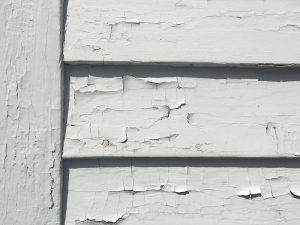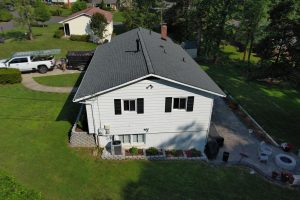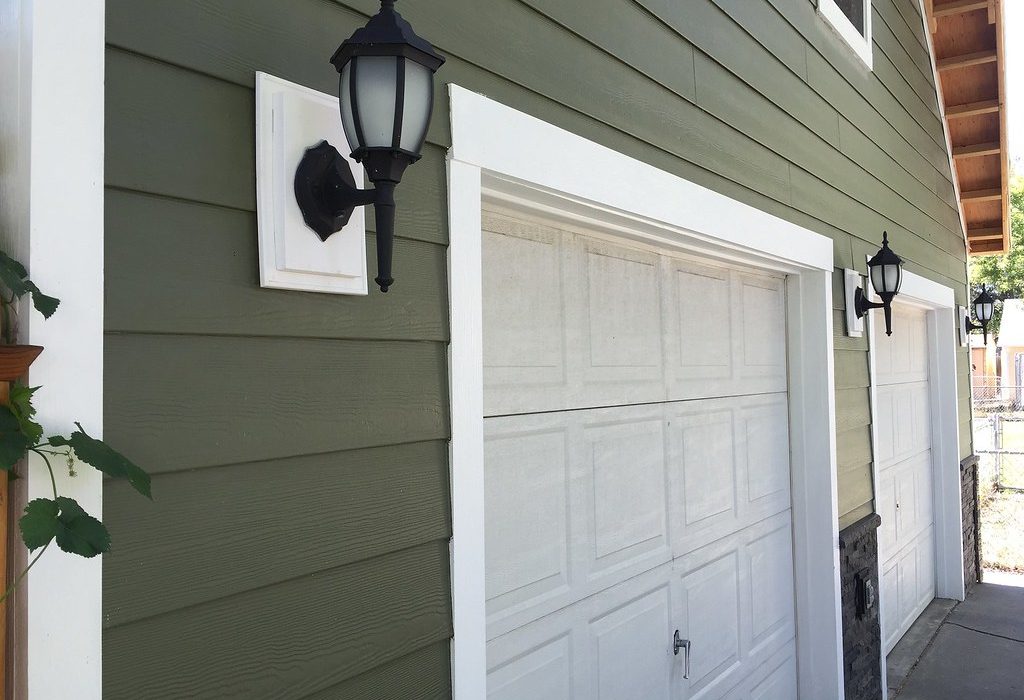- By Sydni
- Construction Blog
- 0 Comment
Is Your Siding Ready for Winter? A Homeowner’s Guide to Cold-Weather Prep
As the temperatures drop and winter draws closer, homeowners in Northern Virginia are getting their homes ready to withstand the chill. While much attention is often given to roofs and windows, siding plays a crucial role in protecting your home from the elements. Damaged or aged siding can lead to drafts, water leaks, and even higher energy bills—all problems you don’t want to deal with when it’s freezing outside.
At Insured Roofs, we believe preparation is the key to a cozy, stress-free winter. Let’s dive into what you should look for in your siding to ensure your home is ready to withstand the coldness of winter.
Why Siding Matters During Winter
Siding isn’t just about aesthetics; it’s your home’s first line of defense against harsh weather. Well-maintained siding:
- Protects your home from wind, snow, and freezing rain.
- Helps maintain consistent indoor temperatures.
- Prevents moisture from seeping into your walls, which could lead to mold or structural damage.
- With the frosty months on their way, it’s time to inspect your siding to ensure it’s up for the task.
Signs Your Siding May Need Attention
1. Cracks or Gaps
Take a walk around your home and look for visible cracks or gaps in the siding. These can allow cold air to seep in and warm air to escape, driving up your heating costs. Even small openings can let in moisture, which can freeze and expand during the winter, worsening the damage.
2. Warping or Buckling
Warped or buckled siding can indicate underlying moisture issues or age-related wear. These areas are more susceptible to further damage when exposed to freezing temperatures or heavy snow.
3. Peeling Paint or Bubbling
If the paint on your siding is peeling or you notice bubbles under the surface, it’s a red flag for water damage. These spots need to be addressed quickly before winter weather worsens the issue.

4. Mold, Mildew, or Rot
Discoloration, mold, or mildew on your siding indicates trapped moisture. Rot is particularly concerning, as it can compromise the structural integrity of your home and lead to costly repairs if left unchecked.
5. Loose or Missing Panels
Strong winds or previous storms may have loosened or dislodged siding panels. These gaps are an open invitation for drafts, pests, and moisture—none of which you want hanging around this winter.
How to Prepare Your Siding for Winter
- Inspect and Clean
Start by giving your siding a thorough inspection and cleaning. Remove dirt, debris, and mildew with a soft brush or pressure washer (be gentle to avoid damage). This will also help you spot any hidden issues.

- Seal the Gaps
Caulk around windows, doors, and any gaps you find in your siding. A high-quality, weatherproof caulk can help block drafts and keep your home snug during the colder months.
- Replace Damaged Panels
Don’t wait until temperatures plummet to replace broken or missing siding panels. Addressing these issues now ensures your home remains protected all winter long.
- Consider Insulated Siding
If your siding is outdated or you’re ready for an upgrade, consider installing insulated siding. It adds an extra layer of protection against the cold and can improve your home’s energy efficiency.
- Schedule a Professional Inspection
If you’re unsure about the state of your siding, don’t hesitate to call in the experts. Insured Roofs offers free inspections to assess your home’s siding and recommend the best solutions.
How Insured Roofs Can Help
Preparing your siding for winter doesn’t have to be a solo project. Here’s how our team at Insured Roofs can assist:
- Comprehensive Inspections: We’ll identify any issues that could compromise your home’s warmth and safety this winter.
- Repairs and Replacements: Whether you need minor fixes or a complete siding overhaul, our experienced team has you covered.
- Energy-Efficient Solutions: We can help you choose and install siding options that boost your home’s insulation and reduce energy costs.
Stay Cozy and Protected This Winter
Winter in Northern Virginia can be harsh, but your home doesn’t have to feel it. By giving your siding the attention it deserves, you can enjoy a warmer, more energy-efficient home all season long.

